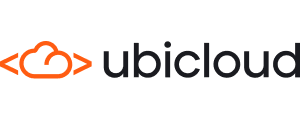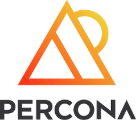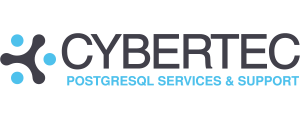Flavors of PostgreSQL® and you: how to choose a Postgres
Thursday, October 23 at 11:25–12:15
Nearly all the major cloud computing providers provide some sort of “Postgres-compatible” relational database service, but the choice isn’t as simple as picking whichever one your cloud provider offers. Some provide deep integration for AI/ML workloads, and others are serverless databases that aren’t Postgres-related at all. Combined with low awareness of more recent additions to open source Postgres’ feature set, many developers aren’t sure how to proceed in the Postgres in a way that best reflects their needs.
This isn't a vendor talk, however. This talk aims to help developers choose an implementation of Postgres, and understand what they are – and aren't – getting when they choose a proprietary implementation by one of the major cloud vendors or another company.
Talk outline: – Intro: What makes Postgres Postgres-y? How has the open source community dealt with forks, rewrites and extensions over time, and how is that relevant to our discussion of ‘modern’ Postgres-derived databases? – The meat: comparing and contrasting various Postgres-derived databases, understanding their feature sets, what makes them unique and what use cases they’re particularly well suited for – Google’s AlloyDB Omni, AI/ML capabilities and columnar engines – Amazon Aurora and Neon, both serverless Postgres-compatible databases, and what we mean by “Postgres compatible’ – TimescaleDB, PostGIS and other specialized extensions of Postgres, and why open source is cool and allows for infinite extensibility – And of course open source Postgres, and what makes its most recent features relevant in 2025

















